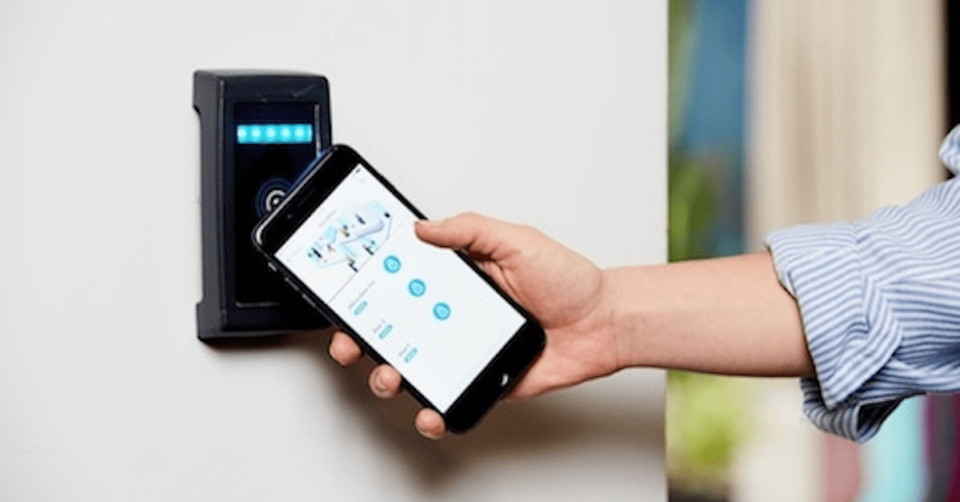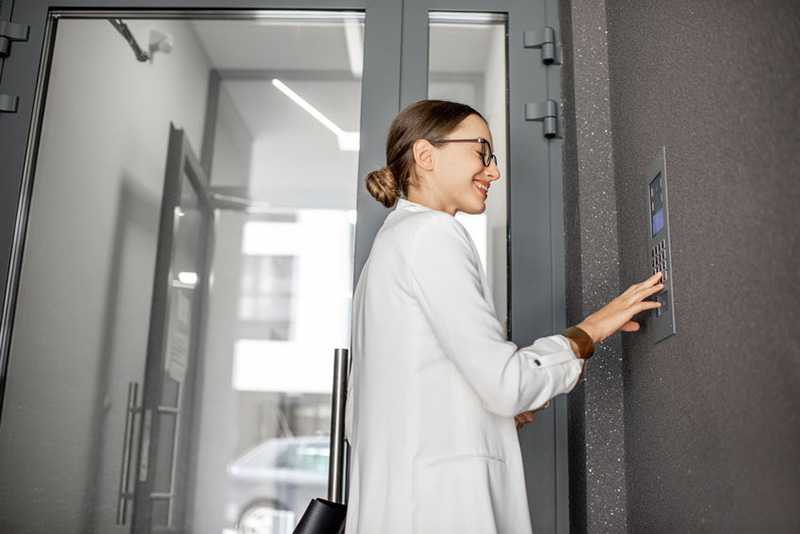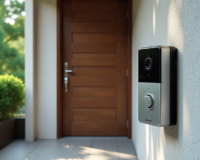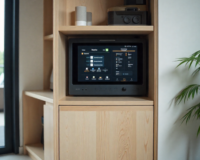In today’s world, ensuring the security of buildings and home automation systems is more critical than ever. Access control systems play a pivotal role in safeguarding properties, allowing only authorized individuals to enter while keeping unauthorized persons out. These systems are designed to provide varying levels of security based on the specific needs of the property. This article explores four primary types of access control systems: Discretionary Access Control (DAC), Mandatory Access Control (MAC), Role-Based Access Control (RBAC), and Rule-Based Access Control (RuBAC).
Read more: Estimating Access Control Systems Costs in Australia
What is Access Control?
Access control involves managing building security by strategically regulating who can enter your premises and when. It spans from basic door locks to advanced systems like video intercoms, biometric scanners, and metal detectors. Access control enables precise management of entry permissions based on specific times and individuals.
What are Access Control Models?
Access control models vary in the permissions they grant users and all rely on electronic hardware to regulate property access using technology.
Some security access methods are stricter and are ideal for commercial properties and businesses, while others are more suited to high-traffic buildings. Basic models suffice for properties with low visitor volume.
While researching elsewhere, you may encounter different access control methods or alternative definitions for the models discussed below. There are two main categories of access models: those for physical properties and those for managing software permissions to digital files.
Although these concepts overlap somewhat, they are largely distinct from each other, especially when choosing the most suitable physical access control system for your property.
4 Access Control Models and Methods

1. Discretionary Access Control (DAC)
The discretionary access control model is among the least restrictive access models available. It allows multiple administrators to manage access to a property, which is particularly useful for residential properties or businesses with multiple managers.
One of DAC’s strengths is its simplicity, making it straightforward to assign access to users. However, a potential drawback is that without proper communication among administrators, confusion may arise regarding who has access and who doesn’t.
2. Mandatory Access Control (MAC)
Mandatory access control provides a complete contrast to discretionary access control. This model is best suited for businesses prioritizing security and confidentiality, typically featuring only one system administrator.
Under MAC, the system administrator holds exclusive authority to determine access permissions, which cannot be overridden or bypassed. Government facilities commonly adopt mandatory access control models due to their stringent security requirements.
3. Role-Based Access Control (RBAC)
The role-based access control model, also known as non-discretionary access control, assigns specific roles to users, each with predefined access permissions. System administrators have the capability to assign roles and manage access accordingly.
This model benefits both residential and commercial properties. In residential settings, it facilitates easy management of access for new residents while revoking access for previous tenants as needed. For commercial properties, access levels can be tailored based on job roles, ensuring appropriate access to areas like server rooms based on job responsibilities.
Role-based access control generally offers numerous advantages unless specific criteria favor one of the other access control models mentioned.
4. Rule-Based Access Control (RuBAC)
Rule-based access control uses an algorithm to modify a user’s access permissions based on various qualifying factors, such as the time of day.
For instance, access to amenities like a pool or gym can be restricted to daylight hours using rule-based control. Similarly, an office can be made accessible only to certain users during business hours, while a manager with different permissions retains access outside these hours.
A high-security application of this model includes configuring a role-based access control system to lock down specific areas of a building if a security breach is detected at a main entrance. The specific implementation of this feature can vary between systems.
Which is the Most Popular Access Control Model?
RBAC is widely adopted due to its flexibility and ease of administration. It assigns permissions based on roles within an organization, making it straightforward to manage user access according to job functions rather than on an individual basis. This model is particularly beneficial for large organizations and enterprises where users frequently change roles or responsibilities, as it simplifies the process of granting and revoking access.
Key advantages of RBAC include:
- Scalability: Suitable for organizations of all sizes, from small businesses to large enterprises.
- Efficiency: Simplifies access management by assigning roles rather than individual permissions.
- Security: Reduces the risk of unauthorized access by ensuring users have only the permissions necessary for their roles.
- Compliance: Helps organizations meet regulatory requirements by implementing clear access control policies.
These factors contribute to RBAC’s popularity as the go-to access control model in many industries.
Key Takeaways
- Access control models allow verified users to access a property while preventing unauthorized people from entering.
- Access control methods differ based on the user permissions they grant.
- The four types of access models are Discretionary Access Control (DAC), Mandatory Access Control (MAC), Role-Based Access Control (RBAC), and Rule-Based Access Control (RuBAC).
- RuBAC models are considered the best access control model because of their high flexibility for most types of properties.
In conclusion, choosing the right access control model is crucial for ensuring the security and efficiency of buildings and home automation systems. By understanding the strengths and weaknesses of each model, property managers and homeowners can implement the most appropriate access control system to meet their specific needs.






